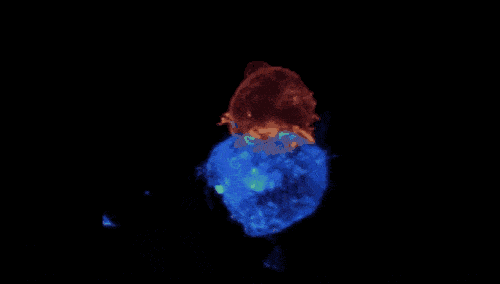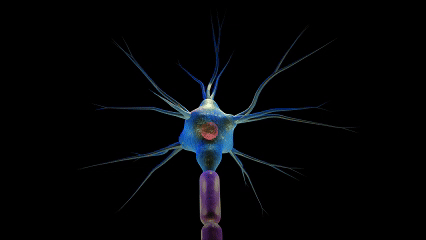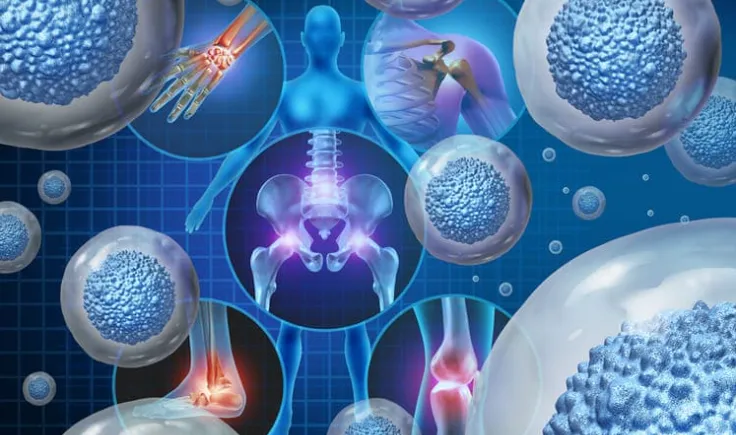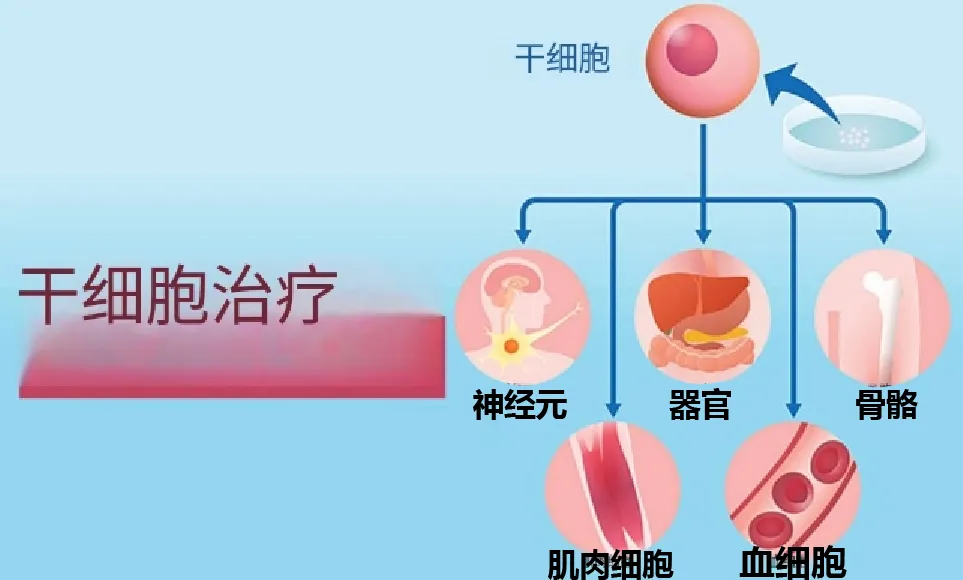
Human body: A living body composed of approximately 40 trillion cells
From a tiny fertilized egg to a complex and complete living body, our body is a miracle composed of approximately 40 trillion cells. There are approximately 36 trillion cells in an adult male (70 kilograms), approximately 28 trillion cells in an adult female (60 kilograms), and approximately 17 trillion cells in a 10-year-old child (32 kilograms).

These cell types are different, but the division of labor is very clear: muscle cells give us the power to act, nerve cells allow us to perceive the outside world, and immune cells always protect the body from disease. What's even more amazing is that the "right size" of cells allows them to operate efficiently, cooperate with each other, and maintain the harmonious balance of life. This exquisite structure reveals the infinite mysteries of human life and also raises an important thinking-is the health of cells the foundation of physical health?

However, the essence of disease is actually a problem with cells. The occurrence of cardiovascular disease may result from the damage of vascular endothelial cells; diabetes is closely related to the dysfunction of islet cells; and the emergence of cancer is closely related to the abnormal proliferation of cells. So, since cells are the root cause of the problem, can the disease be fundamentally cured by introducing healthy cells? The answer is yes! Modern science is deeply exploring the possibility of "cell repair and replacement" through stem cell therapy and immune cell therapy. This not only provides a breakthrough for curing difficult and miscellaneous diseases, but also opens up a new world for life sciences.
When cells are "broken", what is the principle of using cells to repair them?
Traditional treatment methods (such as drugs, surgery, etc.) usually achieve treatment by controlling symptoms or removing diseased tissue, but these methods often fail to solve the functional defects of the cells themselves. Cell therapy focuses on "repairing the source of the disease" and fundamentally solves the problem.

干细胞疗法:修复与再生的“种子”干细胞被誉为生命的“万能种子”,能够分化为多种组织细胞。无论是帕金森病导致的神经细胞损伤,还是关节炎引起的软骨退化,干细胞都能分化为所需的功能细胞,修复病变部位。干细胞还可以分泌抗炎因子、促进血管生成,优化受损组织的微环境。特别是 异体脐带间充质干细胞 和 自体间充质干细胞,已在多种慢性疾病和神经退行性疾病的治疗中展现出显著成效。

Immune cell therapy: the human body's "elite defense"
Our immune system always removes dead cells, cancerous cells and foreign pathogens from the body. However, as we age, the function of immune cells declines and the defense barrier of the disease becomes fragile. Natural killer (NK) cells and cytokine induced killer (CIK) cells are the two cores of immunotherapy. They provide therapeutic support for diseases such as cancer and viral infections by enhancing their ability to clear abnormal cells. Application of "cell repair" in anti-aging and disease treatment As scientists continue to deepen their research on cell therapy, the application of this technology in anti-aging and disease treatment has achieved initial results. The anti-aging revolution: Two key issues in cell therapy for the elderly: As we age, the number of stem cells decreases and the immune system deteriorates. Supplementing exogenous young stem cells and active immune cells can delay the aging process and improve tissue repair capabilities. Young people: Cell therapy is more used to quickly repair injuries (such as sports injuries) and help maintain an efficient metabolic state.

Breakthroughs in disease treatment
Nervous system diseases: Patients with Parkinson's disease can repair damaged neural networks and restore neural function by transplanting stem cells. Autoimmune diseases: such as rheumatoid arthritis, stem cell therapy alleviates excessive inflammatory responses by regulating the immune system. Cancer treatment: Immune cell therapies (such as NK cell infusion) can accurately identify and eliminate cancer cells, especially in the early stages of cancer.

Can "cell-for-cell" become the mainstream of future medical care?
Cell therapy does provide new ideas for medicine. By implanting healthy cells into the body, it is like replacing parts for a car, and it is theoretically possible to restore body functions in a disease state. However, the following challenges still need to be addressed to achieve this goal: Effects of the microenvironment: Problems such as inflammation and fibrosis in the damaged area may affect the survival of new cells. Individual differences: Different patients have different acceptance of stem cells and immune cells, requiring customized treatment plans. Despite this, with the advancement of technology,"using cells to treat cells" has gradually become a reality.

Conclusion: A healthy future starts with cells
The goal of modern medicine has never been just to cure diseases, but also to allow people to have a high-quality healthy life. The human body is made up of cells, and diseases also originate from cells. With its precise and efficient characteristics, cell therapy may open a new chapter for future medical care. Let us look forward to the early arrival of the beautiful era of "using cells to repair health"!